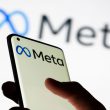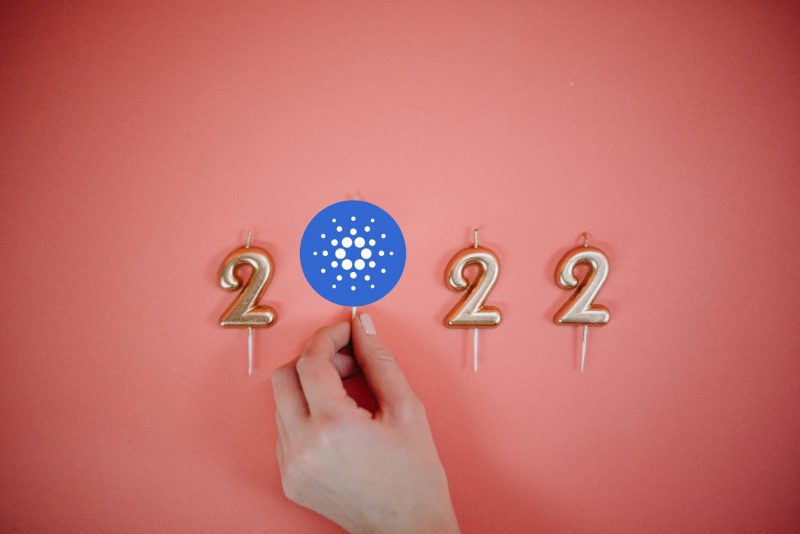Cardano (ADA), is easily one of the most popular crypto projects out there. Although the token has not been performing as well as it would like, it still has a large fan base with many upcoming releases.
Before we take a look at Cardano’s plans for 2022, let’s take a quick journey through its various development stages. The development roadmap of Cardano is divided into different eras.
Different era’s of Cardano
Byron: This was Cardano’s first era, which lasted from 2015 to 2017. These were Cardano’s first two years of development. It also saw the initial version of the Cardano blockchain go live, as well as the launch of the ADA cryptocurrency coin, which was named after Ada Lovelace.
The Yoroi lite wallet and Daedalus desktop wallet, designed by Emurgo and IOHK, were among the first two wallets to support ADA during this period. The primary purpose of the “Byron” Cardano era was to establish a community that would eventually help to grow the blockchain.
Shelly: This era follows, with a focus on growing the Cardano ecosystem as it is now, with a greater emphasis on decentralization. As the Shelley era progresses, the goal is to ensure that the majority of nodes are run by the community. As more of the network’s participants take responsibility for the nodes themselves, the network becomes decentralized.
This provides the added benefit of increasing the network’s stability and security. The staking principles and reward system, which act as incentives for users’ participation in the ecosystem, were also introduced during the Shelley era.
Goguen: While the Goguen era is officially the third, it runs concurrently with the Shelley period, making it more equivalent to Cardano’s 2.5th era. Dapps (decentralized applications) and smart contracts in the blockchain are introduced during this stage of development.
Plutus is both a platform for executing smart contracts and a programming language for creating them. Plutus will allow anyone with no specific expertise or experience to construct a smart contract on Cardano once it’s finished. In addition, Marlowe, a domain-specific language for financial contracts, is being created.
Another advancement in the Goguen era is the construction of a multi-currency ledger that allows users to produce both non-fungible and fungible tokens that are natively supported.
2022 roadmap for Cardano
The Basho period, which is centered on further improving and scaling the blockchain, begins in 2022. One of the key goals of this age is to increase capacity so that the blockchain’s number of users can rise substantially. Traditional DeFi users to individuals in developing countries are among the predicted users.
Cardano (ADA) will require some optimizations beneath the hood to achieve all of this, and IOHK will include both on-chain and off-chain solutions.
On-Chain Developments
Increase in Block Size: The block size was recently extended by IOHK from 8KB to 72KB. The number of transactions that can be carried out will grow as a result of this. Before considering subsequent block size increases, IOHK will assess how effectively the network manages the increasing transaction volume throughout the year.
Pipelining: By merging the propagation and validation operations into one, IOHK can achieve faster block propagation times. IOHK expects to have blocks propagated to 95 percent of peers in only five seconds by the end of the year. The eventual goal is to be able to scale more aggressively as a result of this.
Input Endorsers: It’s easy to enhance throughput and block propagation times by dividing transactions into prefabricated blocks. As a result, transaction propagation times are more constant, and transactions can be completed at a faster rate.
Improvements in Plutus: Enhancements in UTXO management, hash representation, live stake pools, and distribution, as well as traditional stake distribution, are the primary changes in this area. As a result of all of this, memory consumption is far more efficient.
It will be much easier to optimize smart contracts using the EUTXO architecture.
Enhancements to Nodes: The cross-epoch distribution of stake and reward computations will be adjusted to make it easier to integrate future block size increases. This also means that memory will be used more effectively, reducing peak load.
On-disk Storage: More of the protocol state will be saved on disk, reducing the amount of work required by the nodes. This makes it easier for systems that are suffering from RAM to get rid of bottlenecks as long as they have enough storage.
Off-chain Developments
Sidechain Development: These distinct chains are connected to the main blockchain, allowing transactions from one chain to be transferred to the other. Keep in mind that the main blockchain isn’t restricted to just one sidechain.
Hydra: Hydra will improve transaction processing efficiency by introducing isomorphic state channels, which will result in lower latency, lower costs, and lower storage requirements.
Off-chain Computing: It is possible to make the network more efficient overall by offloading some of the work, such as when employing ACE (Asynchronous Contract Execution).
Mithril: Mithril improves chain synchronization and provides multi-signature aggregation that is designed to be both secure and efficient.
Cardano (ADA) has often faced flak for not following up on its promises. This has often led to investors pulling out, or taking losses. It was reported that a majority of Cardano holders were at a loss. Although the project has a lot of ambition and drive, they are yet to deliver on many of its commitments.
At press time, Cardano (ADA) was trading at $0.942938.





